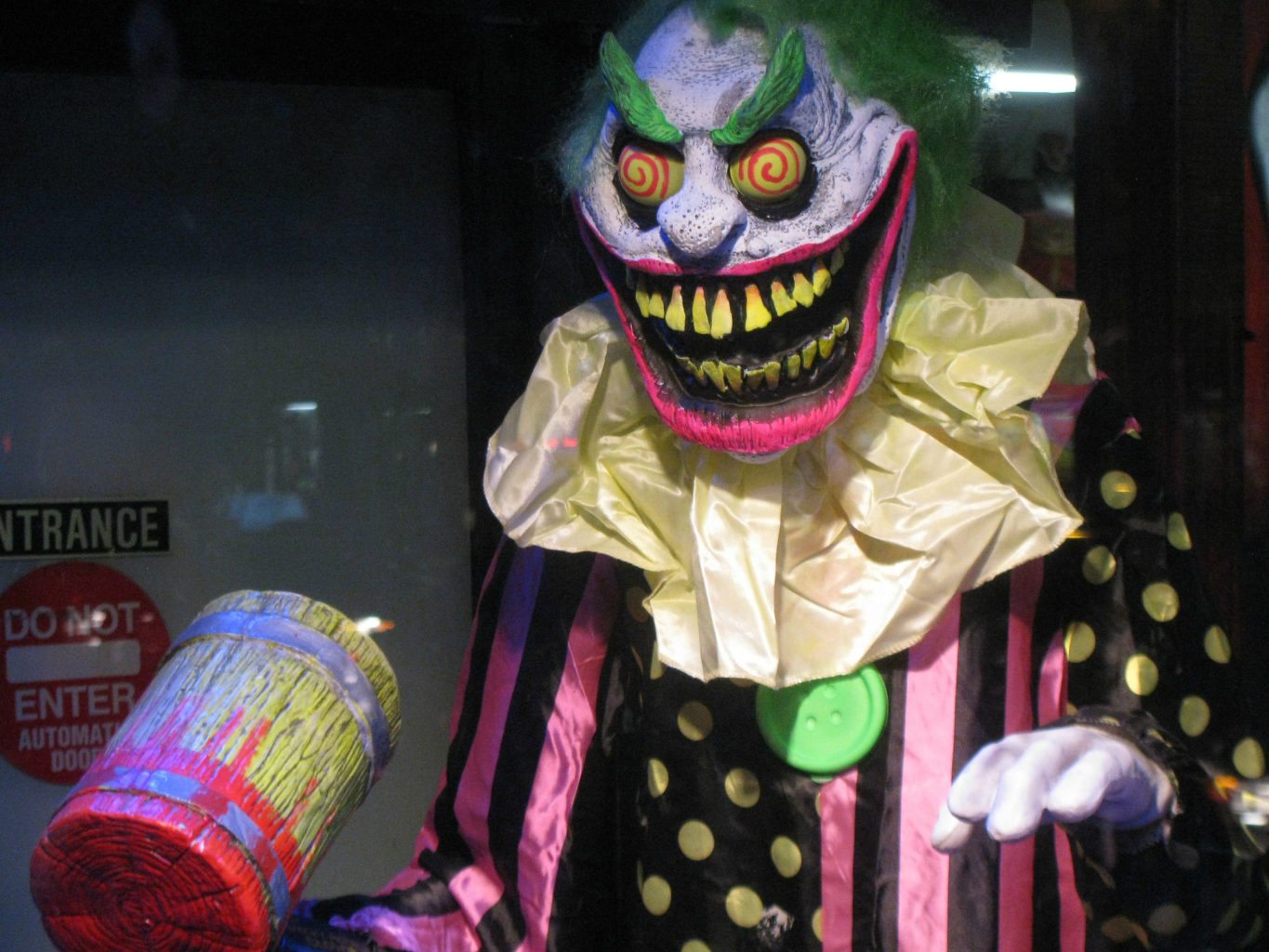Why are we so afraid of clowns?
On Saturday 8th October, a Warwick student became one of the latest victims of the so-called ‘killer clown’ craze. The worldwide phenomenon began in the USA over the summer, prompting thousands more to dress up as the circus character and terrorise communities. While the student’s flatmates managed to convince them that the majority of attacks of this kind are “not motivated in bad faith” and are the result of people joking around, the trend preys on a very common fear in the Western world. But why are we so afraid of clowns?
A well-known stock character in Italian Commedia Dell’arte from the 16th century onwards, the ‘clown’ archetype evolved from other, similar roles such as the harlequin, the fool or the peasant. Its origins as a circus act can be traced back to the 19th century, where its oversized clothing and exaggerated facial expressions were developed, most notably by Joey Grimaldi and Tom Belling.
Experts have theorised that the people who dress up as clowns tend to be insecure and unempathetic, and may find it amusing to make people anxious.
However, while the character was created as comic relief, their unpredictability leads to a feeling of unease in their presence. Their actions poke fun at their audience as much as they poke fun at themselves. This, combined with something known as the ‘uncanny effect’ – when human facial features are exaggerated to an extent that is lifelike, but not quite human, causing feelings of repulsion – is commonly recognised as the cause for something known unofficially as ‘coulrophobia’, a fear of clowns.
Additionally, the anonymity of clown costumes, with their unidentifiable features, makes for a good way for people to seek attention without having to face the consequences. Experts have theorised that the people who dress up as clowns tend to be insecure and unempathetic, and may find it amusing to make people anxious.
The ‘killer clown’ trope as we know it today did not develop until the mid-20th century, with the now-infamous Joker character in DC Comics’ Batman , later popularized by Stephen King’s It in the 1986. Between 1972 and 1978, a coulrophobic’s worst nightmare was realised with John Wayne Gacy, an American serial killer known as The Killer Clown due to his ‘Pogo the Clown’ character. Gacy was executed by lethal injection in 1994.
Incidents of people chasing away legitimate clowns and cancelling previously booked gigs make it clear how their livelihoods can be negatively affected.
But professional clowns have always been disdainful of the evil clowns, seeing them as the “rotten apple in the barrel” (Ben Radford). Incidents of people chasing away legitimate clowns and cancelling previously booked gigs make it clear how their livelihoods can be negatively affected. Noeleem Breem, chair of Clowns International, told The Guardian that she “absolutely feared” for the livelihoods of its members.
Following the Cannon Park incident, both Cannon Park Security and the University of Warwick Security Services have been notified. The Boar Features approached the University for comment, and were told by the Press and Policy Office that they were “not aware of any actual incident of what you describe as ‘Killer’ clowns here on our campus or for that matter anywhere else in the world outside of popular fictional horror books or equally fictional films/TV”
“We had one report of two people on cycles in the area between one of our halls of residence and a local shopping centre, who were wearing scary face masks and had approached, and been abusive to, pedestrians in that area including our students. However this was not reported to our security team until after the incident had passed. Our security team will now of course be paying particular close attention to that area and we have alerted our local police to the incident.”

Comments